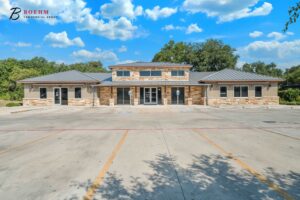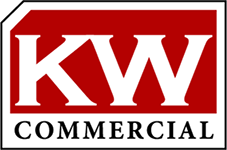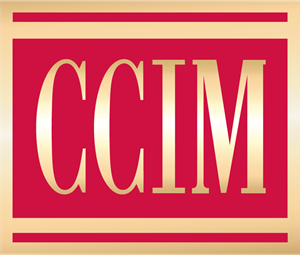Simply said, Cost Segregation is creating a tax benefit of accelerating property depreciation to earlier years, therefore potentially reducing the property owners’ tax burdens.

A Real Life Case Study – Let’s say you owe the IRS $100,000 (more or less) for taxes in the given year. After completing the cost segregation study, the tax benefit is $50,000 (more or less). The Cost Segregation process has reduced the amount you owe the IRS from $100,000 to $50,000 in the first year. There will also be tax saving benefits for the following years.
Cost segregation is the method of re-classifying components and improvements of your property from real property to personal property. This process allows the assets to be depreciated on a 5, 7, or 15-year schedule instead of the standard 27.5 or 39-year depreciation schedule of real property. This allows for your current taxable income to be greatly reduced therefore increasing your cashflow.
The process of cost segregation includes first having a cost segregation study done on the depreciating assets of your property to find out where they can be re-classified, and then working with your tax professionals to determine how and when to use the accelerated depreciation deductions to receive the maximum tax benefit.
Frequently Asked Questions
What is a Cost Segregation Study?
In a cost segregation study, engineers identify and quantify property assets, and then assign each asset a cost. These costs are then segregated into different categories according to their depreciable asset class lives. Base property or “shell” assets will remain 39 year assets, but many other assets can be moved into shorter-lived class lives.
- 5-Year Assets – carpet tile, break room sinks, counters, cabinetry and decorative moldings, specialty lighting, dedicated outlets, etc.
- 7-Year Assets – office furniture
- 15-Year Assets – land improvements like parking lots, drainage pipes, outdoor swimming pools, landscaping, sidewalks, protective bollards, etc.
When Should I Get a Cost Segregation Study?
It’s ideal to perform a cost segregation study is conducted in the year of the acquisition, construction, or renovation of a property. Businesses can also have look-back studies done. Cost segregation is performed on properties built, acquired, or renovated within the past 10 years during a look-back study. Tax professionals will identify previously missed deduction opportunities during a look-back study.
What Kind of Real Estate can Cost Segregation be Performed on?
Office buildings, hotels, as well as retail spaces are the most popular, however cost segregation can be performed on any type of commercial or investment real estate. Investment, storage facilities, industrial/manufacturing facilities, car dealerships, and assisted living are all also common.
Does Cost Segregation Create New Deductions?
Transferring assets into categories with shorter lifespans doesn’t create additional deductions. Instead, it expedites the deductions, allowing the taxpayer to realize the depreciation benefits sooner.
Will I Benefit from Cost Segregation?
Companies that construct, renovate, or acquire commercial or residential real estate see the most benefit from cost segregation, but any company that makes building upgrades that exceed $500,000 may also be good candidates for cost segregation. The ideal project for cost segregation involves newly constructed, acquired, or renovated commercial and residential properties with a depreciable basis.
When Will I Not Benefit from Cost Segregation?
You will not benefit from cost segregation if:
- When you have no Federal Tax liability.
- When you’ve owned your property for 15+ years without spending $300,000 or more on improvements.
- If you plan on NOT keeping your property for 4 or more years.
Please don’t hesitate to contact us with any questions!





